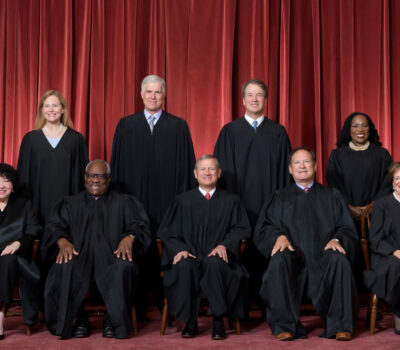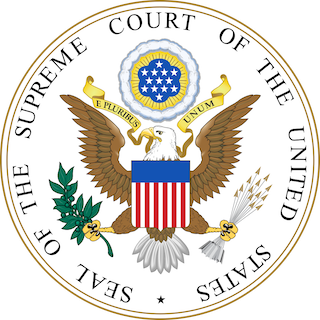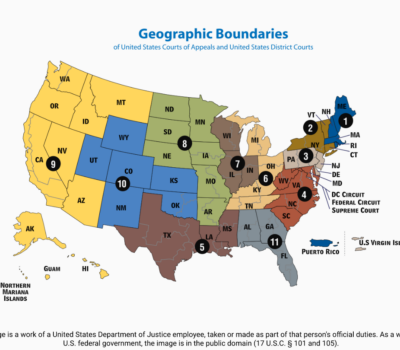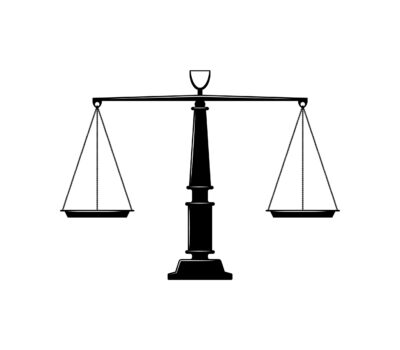The Judicial Branch
Article III of the US Constitution establishes the judicial branch. However, it only creates the Supreme Court and allows Congress to establish other courts that might be needed. One of the first acts of the Senate was the Federal Judiciary Act (1789), establishing the Judiciary that we know it today.
Why Are There 9 Supreme Court Justices? A Historical and Constitutional Explanation
The number of justices on the U.S. Supreme Court—nine—is not set by the Constitution, but it has become ...
More Leser v. Garnett (1922): A Landmark Decision on Women’s Suffrage
The Supreme Court case Leser v. Garnett (1922) played a crucial role in affirming the legality of the ...
More October 2, 1967: Thurgood Marshall’s Supreme Court Legacy Begins
On October 2, 1967, Thurgood Marshall made history by becoming the first African American Associate Justice of the ...
More Judicial Branch Overview
Article III of the US Constitution establishes the judicial branch. However, it only creates the Supreme Court and ...
More Federal Judicial System
The judicial branch's role is to interpret the laws, ensure that the laws are fairly enforced, and provide ...
More Dual Court System
The dual court system refers to the coexistence of two separate court systems in the United States: the ...
More 






